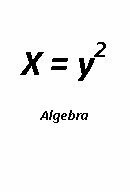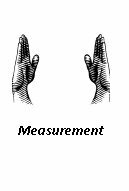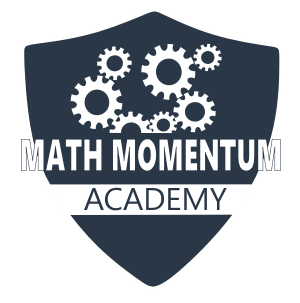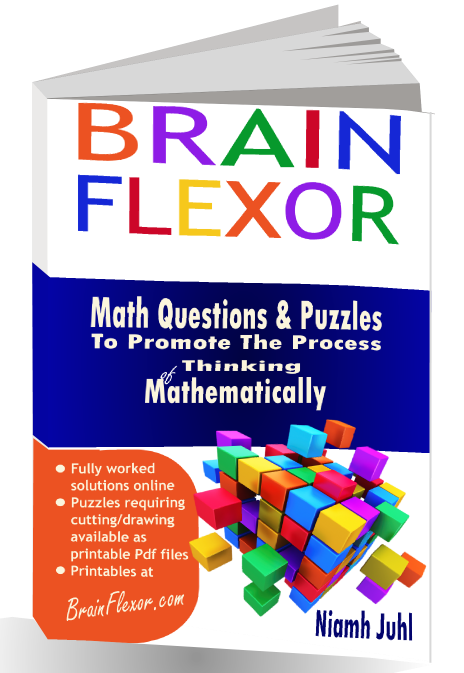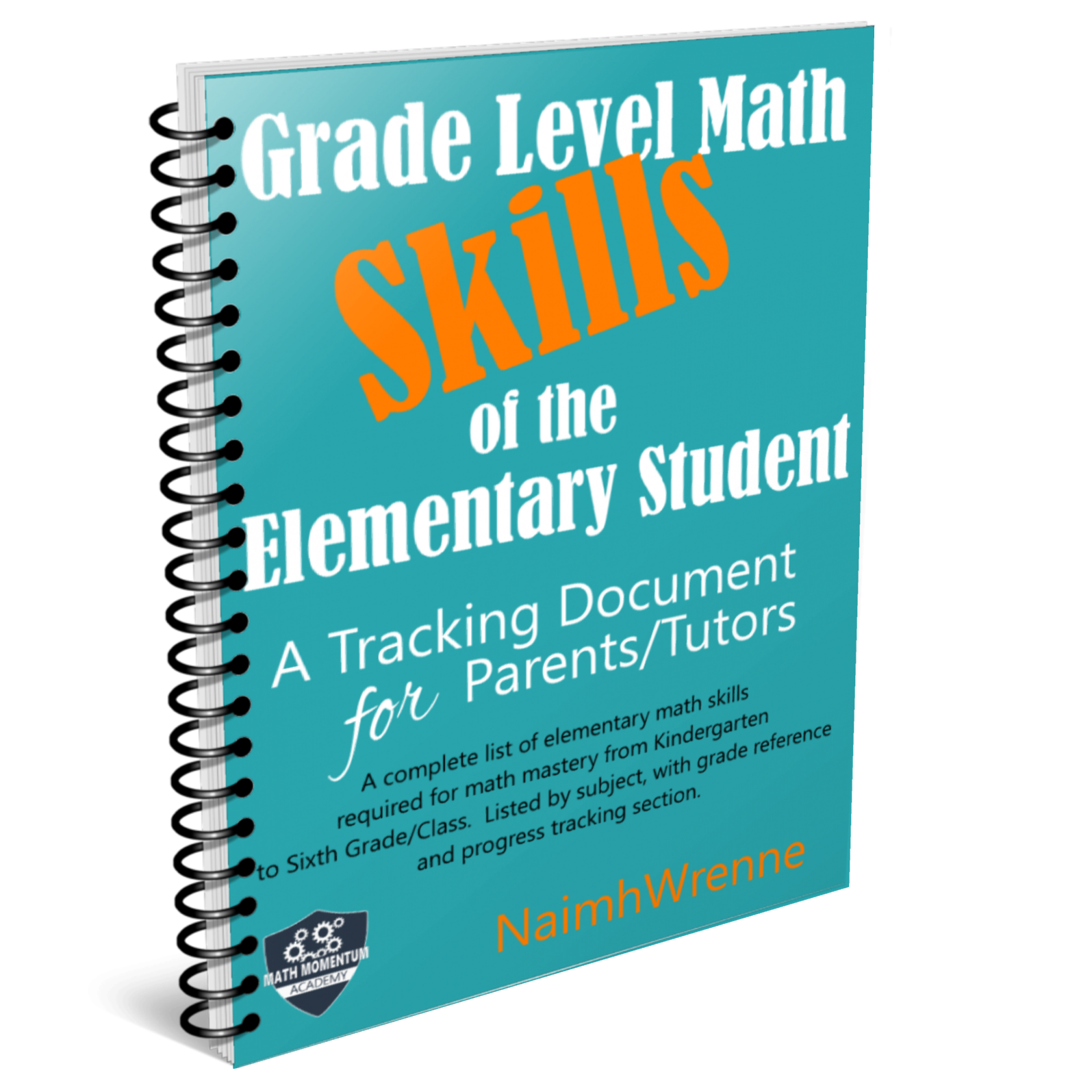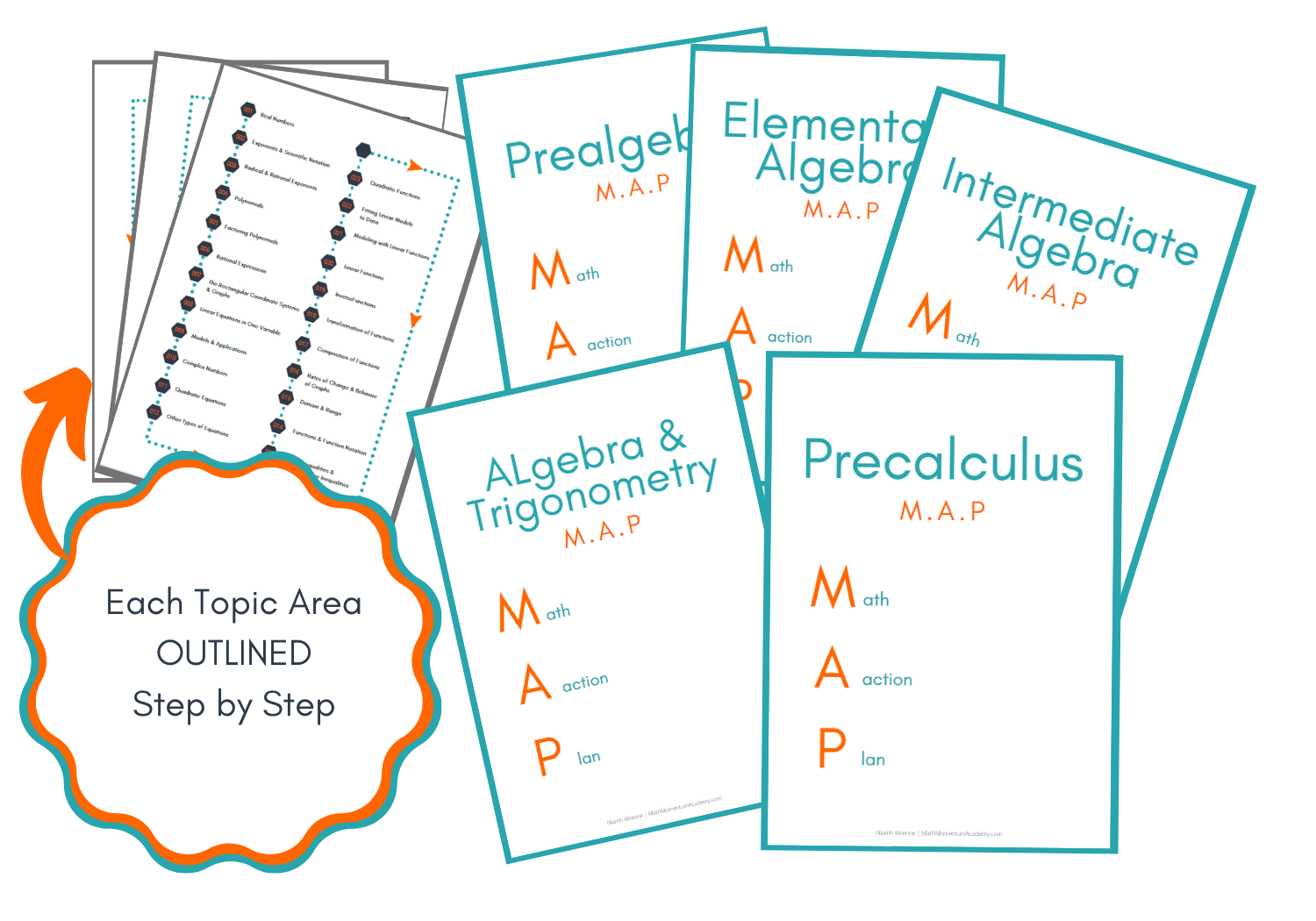4th Grade Skills, when mastered, open a new world of math to your child.
|
|
This year is when your child moves from recognizing fractions to actually doing computations with them. Where the decimal point will no longer be a mysterious dot on the page, but present new meanings to the word number!
Where geometry is no longer simply shapes on paper, but the knowledge behind everything they look at or touch.
This is a very exciting time in your kids elementary math education.
|
Many teachers no longer issue homework to their classes. My question is, how is a student to reinforce what is being learned if home is taken out of the equation?
You (if you are a parent) know the value of 'home' and practice - so congratulations to you!
Use this page to access all the printable math worksheets you need to help keep your child on task and interested in their math
This list of skills is based on the 4th grade level expectatoins from
Washington State OSPI
|
|
These Grade Level Expectations are organized by basic math subject area for 4th Grade, based on Washington States OSPI. If you would rather have a basic math skills requirements list organized by subject area, that includes every requirement from Kindergarten to 6th grade in one downloadable document please visit my Grade Level Expectations section.
|
4th Grade Skills by Subject Area
|
|
Algebra
- Solve two-step word problems
- Solve equations in the form of ____ x 9 = 63; 81 ÷ ___ = 9
- Solve problems with more than one operations, as in (72 ÷ 9) x(36 ÷ 4) = _____
- Equality properties – know that equals added to equals are equal; equals multiplied by equals are equal.
-
Use letters to stand for any number, as in working with a formula eg area of rectangle: A = L x W
|
|
|
Numbers and Operations
- Read and write numbers (in digits and words) up to nine digits
- Recognize place value up to hundred millions
- Order and compare numbers to 999,999,999 using the signs < , > =
- Write numbers in expanded form
- Use a number line; locate positive and negative whole numbers on a number line
- Round to the nearest ten, hundred and thousand
- Identify perfect squares (and square roots) to 144; recognize the square root sign
- Identify Roman numerals from 1 to 1000 and identify years as written in Roman Numerals
- Know the meanings of multiple, factor, prime number and composite number
- Recognize fractions to one-twelfth
- Identify numerator and denominator
- Write mixed numbers; change improper fractions to mixed numbers and vice versa
- Recognize equivalent fractions (eg ½ = 2/4)
- Put fractions in lowest terms
- Rename fractions with unlike denominators to fractions with common denominators
- Compare fractions with like and unlike denominators using the signs <, >, =
- Solve problems in the form of 2/3 = ½ x
- Add and subtract fractions with like denominators
- Express simple outcomes as fractions (eg 3 out of 4 as ¾)
- Read and write decimals to the nearest thousandth
- Read and write decimals as fractions (eg 0.39 = 39/100)
- Write decimal equivalents for halves, quarters, eights and tenths
- Compare fractions to decimals using the signs <, >, =
- Write deciamls in expanded form
- Round decimals to the nearst tenth, to the nearest hundredth
- Compare decimals, using the signs < , >, =
- Read and write decimals on a number line
- Add and subtract with decimal numbers to two places.
- Review and reinforce basic multiplication facts to 10 x 10
- Mentally multiply by 10, 100, 1000
- Identify multiples of a given number, common multiples of two given numbers
- Multiply by two-digit and three digit numbers
- Write numbers in expanded form using multiplication
- Estimate a product
- Use mental computation strategies for multiplication, such as breaking a problem into partial products eg 3 x 27 = (3 x 20) = (3 x 7) = 60 + 21 = 81
- Check multiplication by changing the order of the factors
- Multiply three factors in any given order
- Solve word problems involving multiplication
- Understand multiplication and division as inverse operations
- Review the meaning of dividend, divisor and quotient
- Review and reinforce basic division facts to 100 ÷ 10
- Identify different ways of writing division problems: 28 ÷ 7; 7√28 ; 28/7
- Identify factors of a given number, common factors of two given numbers
- Review: you cannon divide by 0; any number divided by 1 = that number
- Estimate the quotient
- Divide dividends up to four-digits by one-digit and two-digit divisors
- Solve division problems with remainders
- Check division by multiplying and adding remainder
|
|
|
Measurement
Linear
- Estimate and make linear measurements in yard, feet andinches (to 1/8th inch) and in meters, centimeters and millimeters
Weight
- Estimate and measure weight in pounds and ounces; grams and kilograms
Capacity (volume)
- Estimate and measure liquid capacity in teaspoons, tablespoons, cups, pints, quarts, gallons and in milliliters and liters.
- Know equivalences among US customary units of measurement and solve problems involving changing units of measurement
Time
-
Solve problems on elapsed time
|
|
|
Geometry
- Plot points on a coordinate plane (grid) using ordered pairs of positive whole numbers
- Identify and draw points, segments, rays, lines
- Identify and draw lines: horizontal; vertical; perpendicular; parallel; intersecting
- Identify angles; identify angles as right, acute, or obtuse.
- Identify polygons – Triangle, quadrilateral, pentagon, hexagon and octagon (regular) Parallelogram, trapezoid, rectangle, square.
- Identify and draw diagonals of quadrilaterals.
- Circles: Identify radius (plural: radii) and diameter; radius = ½ diameter
- Recognize similar and congruent figures
- Know the formula for the area of a rectangle (Area = length x width) and solve problems involving finding area in a variety of square units (such as mi2; yd2; ft2; in2; km2; m2; cm2; mm2)
- Compute volume of rectangular prisms in cubic units (cm3, in3)
|
|
|
Data Analysis
- Create and interpret bar graphs and line graphs
|
When your child has mastered their
3rd Grade Skills, it's time to move on and up to Fourth grade skills! And don't forget to head over to our
home page! Here you will find great resources to help you tutor your child, such as
manipulatives,
board games, math puzzles and activities!
Other Sections of this site
Keep In Touch!
You can send me a quick message, follow me on Facebook or why not join our community of like minded parents? Choose all the options so you don't miss any of the new material added to this site.

